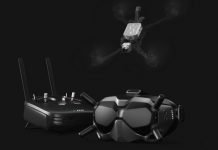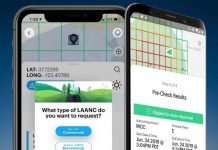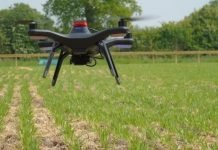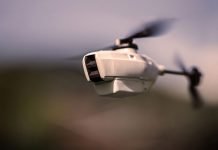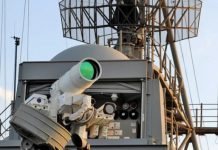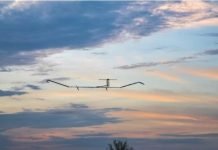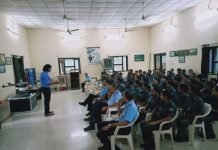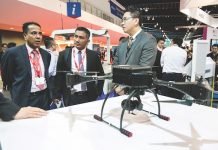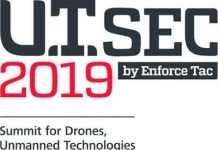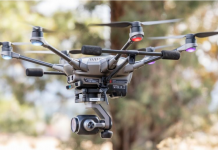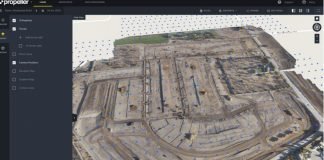
When it comes to 3D photogrammetry software for drones, there is quite a choice. There are many 3D mapping software companies, which provide a free version or free evaluation period, allowing you to try the software first before any purchase. You can then compare the various photogrammetry software packages.
Below, we review with videos, the best photogrammetry software for creating 3D maps and models on the market.
To go with 3D mapping software, there are also providers putting together full aerial mapping solutions, which include the drone, mapping software and even training.
There are other options to rent professional 3D mapping services, if you feel there is no need to own a drone.
Quite a few photogrammetry software companies, also provide hosting in the cloud or data warehousing of your 3D maps and models. Photogrammetry software can create massive files, depending on the number of images and resolution of the images.
The building of 3D maps from images requires a lot of computer processing power and can take ages on an ordinary computer. Many of the below photogrammetry software companies have the systems in place to backup your 3D maps and models, which is very important.
Ok, lets take a look at the top 3D mapping solutions on the market.
Best Photogrammetry Software
Here are the top 12 photogrammetry software for building 3D maps and models using drones on the market. These photogrammetry software solutions work with both ground based and drone aerial images. Below, we review these 3D photogrammetry software solutions.
- DroneDeploy 3D mapping mobile app
- Pix4D Mapper photogrammetry software
- DroneDeploy Enterprise 3D Map Software
- AutoDesk ReCap photogrammetry Software
- SimActive Correlator3D™ Software
- Maps Made Easy orthophoto and 3D models software
- 3DF Zephyr photogrammetry software
- Agisoft PhotoScan photogrammetry software
- PrecisionHawk 3D map software
- Open Drone Map photogrammetry software
- ESRI Drone2Map for ArcGIS
- Agisoft Metashape 3D Software
3D Mapping Solution Providers
Towards the end of this photogrammetry software post, we review the best drones for 3D map creation, surveying and geographic information systems work, including 3D mapping companies, which provide solutions to complement the photogrammetry software.
- SenseFly Aerial Mapping Solutions
- WingtraOne Surveying Mapping Solution
- DJI GS Pro (Ground Station) software
- Arcadis Photogrammetry and 3D Modelling
Before we review the best 3D photogrammetry software and solution providers on the market, lets take a quick look at exactly what is 3D mapping.
What Is 3D Mapping Answered
3D mapping, also known as photogrammetry mapping is the science of making measurements from photographs. The output from photogrammetry software is typically a 3D map, a 3D drawing or a 3D model of some real world object or land mass.
What is GIS Answered
A geographic information system (GIS) is a system designed to capture, store, manipulate, analyze, manage, and present spatial or geographic data.
In general, the term describes any information system, which integrates, stores, edits, analyzes, shares, and displays geographic information. GIS applications are tools, which allow users to create interactive queries (user-created searches), analyze spatial information, edit data in maps, and present the results of all these operations.
Difference Between GIS And Geospacial
There is an increasing trend to use the term geospatial instead of GIS. What is the difference between geospatial and GIS? Some people use the terms interchangeably, however, there is a distinct difference between the two.
GIS refers more narrowly to the traditional definition of using layers of geographic data to produce spatial analysis and derivative maps. Geospatial is more broadly use to refer to all technologies and applications of geographic data.
Types of Photogrammetry
There are two primary types of photogrammetry: aerial and close range.
Aerial Photogrammetry
The process of utilizing a drone or aircraft to produce aerial photography, which can be turned into a 3D model or mapped digitally.
Close Range photogrammetry
Close range photogrammetry is when images are captured using a handheld camera or with a camera mounted to a tripod. The output of this method is not to create topographic maps, but rather to make 3D models of a smaller object.
How To Create 3D Maps And Models
To create a 3D map of a land mass from aerial photos, a camera is mounted on a drone or aircraft and is usually pointed vertically towards the ground. To create a 3D model of a monument, statue or even a face, the camera is mounted horizontally.
The drone camera will capture hundreds, even thousands of overlapping photos of the ground, structure or model. The photos will overlap each other, with an overlap of 80 to 90%. The 3D map or 3D model is then created using aerial image stitching photogrammetry software.
The drone will fly using autonomous programmed flight paths called waypoints. To overlap photos of an object or land mass by 80 to 90% would be impossible to complete accurately by pilot navigation. It is essential to have a drone, which has waypoint navigation technology.
Each photo captured will also have it’s GPS coordinates (Geotagging) saved, which also assists to build the 3D map. A geotagged photograph is associated with a geographical location. Usually this is done by assigning at least a latitude and longitude to the image. Other fields may be optionally included such as altitude and compass bearing.
What Is The Output From 3D Maps, Models And GIS
Through the use of drone image stitching photogrammetry software and also lidar mapping, there are various products, which can be extracted from the aerial imagery. These products include;
- Point Clouds
- 3D Building Models
- DEM / DTM / DSM (surface models)
- Orthophoto’s (geospatially corrected aerial images)
- Planemetric features (road edges, heights, signs, building footprints, etc)
- Topographic / Terrain / Contour Maps
- Volumetric Surveys
Sectors Using 3D Maps And Photogrammetry Software
Here are some of the best uses of aerial 3D mapping. These sectors benefit massively through having precision 3D maps of their projects. They also benefit with increased efficiency and reduced costs over using traditional aircraft.
- Forestry Management and Planning
- Flood Modelling
- Pollution Modelling
- Mapping and Cartography
- Urban Planning
- Coastline Management
- Transport Planning
- Oil and Gas Exploration
- Quarries and Minerals (Volumetrics and Exploration)
- Archaeology
- Cellular Network Planning
You can read further about what photogrammetry is in this article entitled, “Introduction to Photogrammetry and Lidar Mapping Basics“.
Another terrific article is the Drone Pilot “Beginners guide to Drone Mapping Software“.
Credits: dronezon


